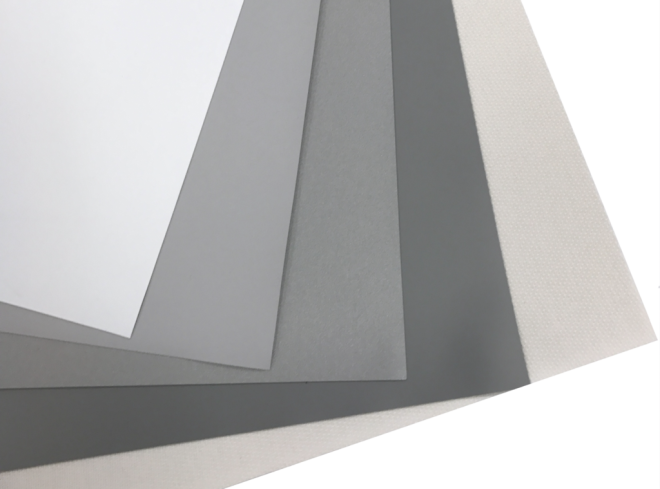This works because assuming the projector has ample lumen output as most digital projectors do whites remain satisfyingly white while blacks are maintained at a deeper black.
Silver or grey projector screen white ceailing light grey walls.
Matte white 1 1 gain.
Projectors now days delivery high lumens and amazing contrast levels.
The gray screen absorbs ambient light that strikes it better than a white screen does.
But it comes at the expense of some image brightness.
In so doing the black level on the screen is maintained.
Most of the time a white material will be perfect for your room and theater system.
Reputable projector companies calibrate their projectors to a white screen right out of the factory.
The other style is a light gray color and is a newer innovation in projector technology first appearing only in the early 2000s.
Most projectors are calibrated to white screen materials.
A grey screen such as the elite cinegrey 3d screen shown here can help boost contrast and perceived black level when there are concerns with room light a reflective white ceiling or walls or a projector s inherent contrast.
Find projector screen deals on amazon.
In my experience a slightly positive gain white screen is ideal for 95 of installations and people start looking at grey screens as some magic fix when all it does is suck up light and perhaps help with a projector which has poor black levels in a room painted way to light.
Are you missing the picture.
A grey screen will help combat this.
Looks like there is a lot of projector light bouncing off your walls and ceiling.
They are often called high contrast screens because they can help to improve the depth of blacks while still allowing bright and colorful parts of the image to shine.
After moving my projector from the basement to an upstairs room i was really surprised how much light reflecting off walls lowered the picture quality on a white screen.














































